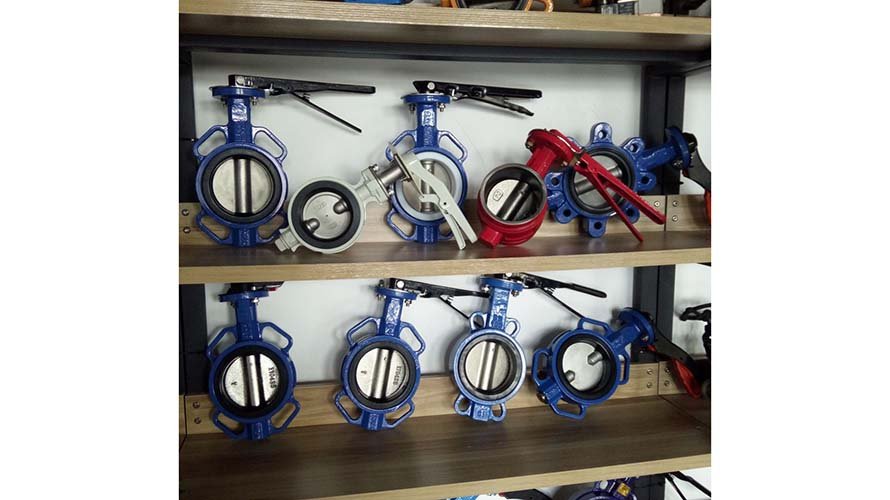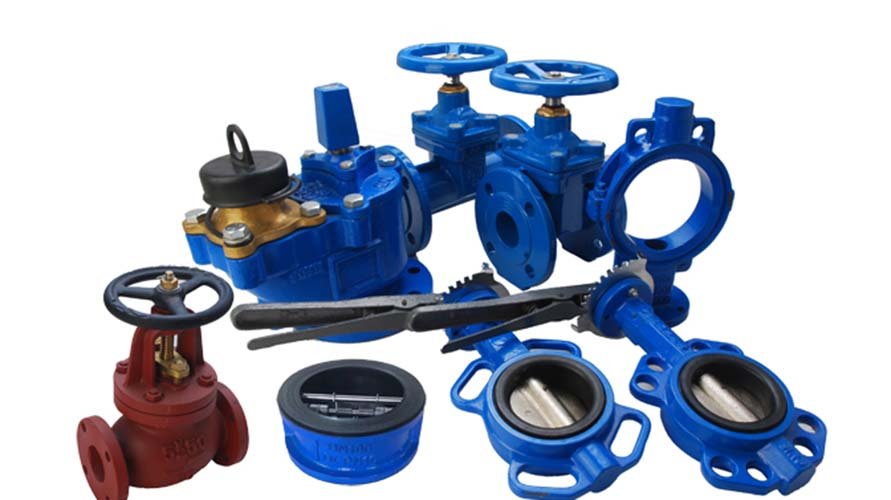When it comes to regulating fluid flow in pipelines, the butterfly valve is one of the most efficient and reliable devices used across various industries. But what exactly is a butterfly valve, and how does it work? In this post, we’ll dive into the essentials of butterfly valves, including their function, types, and common applications.
What is a Butterfly Valve
A butterfly valve is a type of valve used to regulate, isolate, or control the flow of fluids within a pipeline. It consists of a disk-shaped closing element (known as the “butterfly”) that rotates on a shaft to control the flow of fluid through the pipe. The butterfly valve gets its name because the shape of the disk resembles a butterfly’s wings, which rotate in a similar manner.
This valve design allows for quick and efficient opening and closing of the pipeline, making it ideal for systems where space and weight constraints are important. Butterfly valves are widely used in applications requiring flow control or shutoff in industries such as water treatment, HVAC systems, chemical processing, and oil & gas.
How Does a Butterfly Valve Work?
The working principle of a butterfly valve is quite simple. The valve consists of a circular disc mounted on a shaft. When the valve is closed, the disc is positioned perpendicular to the pipe, preventing fluid from passing through. When the valve is opened, the disc rotates around the shaft to a parallel position, allowing fluid to flow through the pipe.
Types of Butterfly Valves
There are several types of butterfly valves designed for different uses. The most common types include:
Wafer Butterfly Valve
The wafer-style butterfly valve is the most commonly used type. It fits between two flanges and is ideal for applications where space is limited.
Lug Butterfly Valve
The lug-style butterfly valve is designed with threaded inserts, making it easier to install or remove the valve without having to remove the entire pipeline.
Double Flanged Butterfly Valve
This type has flanges on both sides of the valve body, offering a stronger connection and making it ideal for larger systems with higher pressure demands.
Sanitary Butterfly Valve
Often used in the food and beverage, pharmaceutical, and biotech industries, sanitary butterfly valves are designed to meet hygiene standards, ensuring no contamination of the fluids being processed.
Electric Butterfly Valve
These valves are operated by an electric actuator, allowing for automated control of fluid flow, which is beneficial in systems that require precise and remote operation.
Key Advantages of
Compact Design: Butterfly valves are known for their compact design, making them ideal for spaces where there is limited room for larger valves.
Quick Acting: They can be opened and closed quickly, which is a significant advantage in emergency shut-off situations.
Cost-Effective: Butterfly valves are generally less expensive compared to other types of valves, like ball or gate valves, making them an attractive choice for many industries.
Versatile: Butterfly valves are versatile and can handle a wide range of fluids, from water to chemicals, and they are suitable for both high and low-pressure applications.
Common Applications of Butterfly Valves
Water and Wastewater Treatment
Butterfly valves are widely used in water treatment plants to control the flow of water. Their quick operation and ability to handle large volumes of water make them ideal for these systems.
HVAC Systems
In heating, ventilation, and air conditioning systems, butterfly valves are often used to control the flow of air or water in piping systems.
Oil and Gas Industry
The oil and gas industry relies heavily on butterfly valves for controlling the flow of oil, gas, and other fluids within pipelines.
Chemical Processing
Due to their ability to handle a wide range of chemicals, butterfly valves are frequently used in the chemical processing industry to regulate the flow of fluids in production lines.
Food and Beverage
In food and beverage industries, sanitary butterfly valves are used to maintain the hygiene and safety of the product being processed.
Conclusion
A butterfly valve is an essential component in fluid control systems, offering efficient flow regulation, compact design, and cost-effectiveness. Whether you’re in water treatment, HVAC, chemical processing, or any other industry that requires fluid control, understanding the function and types of butterfly valves will help you make the right choice for your application.
For optimal performance and longevity, it’s crucial to select the right butterfly valve type based on the specific requirements of your system. With their versatility and reliability, butterfly valves continue to be a go-to solution for fluid management in numerous industries.






